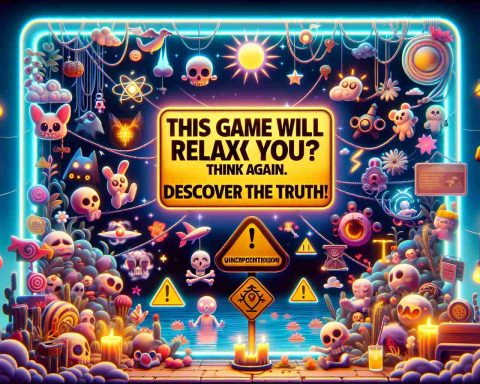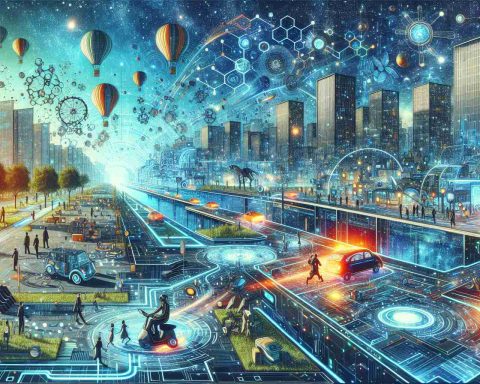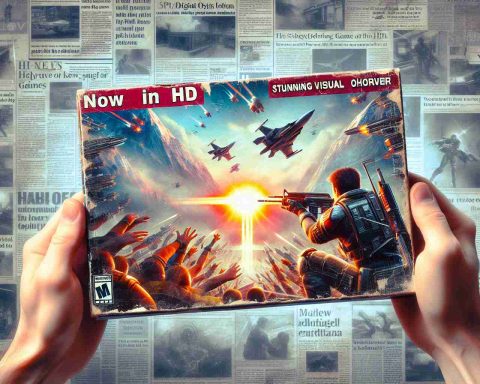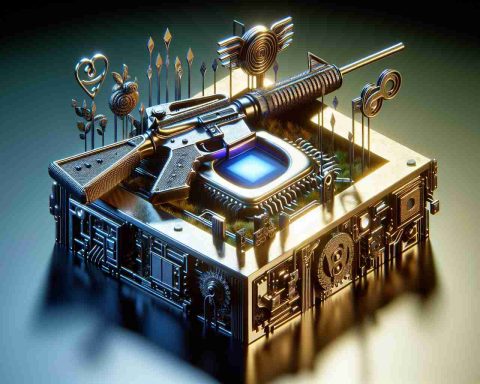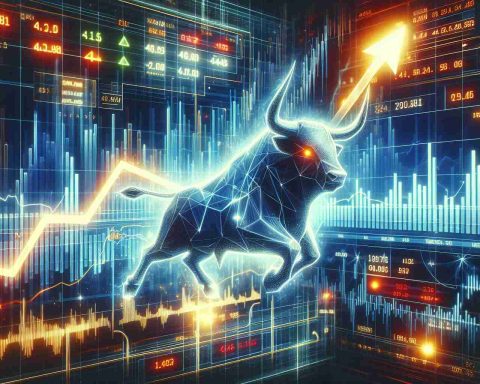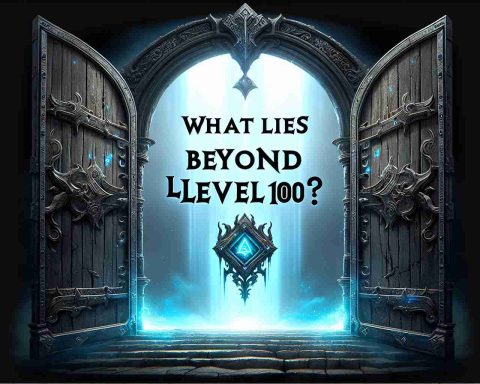The world of digital art is buzzing with discussions over the unintended quirks that can emerge from AI involvement, particularly when it comes to high-profile projects. A recent example came to light with a promotional image for Marvel’s upcoming film, Thunderbolts, which showcased a perplexing visual error: a character sporting six fingers on one hand. Observers noted the anomaly, given that the same character appears with the standard five fingers in earlier promotional materials.
This peculiar detail has raised questions about the methods used in the poster’s creation. The six-fingered version, shared on Marvel’s official social media platforms, stands out as an oddity—especially since alternative formats of the poster, seen in other marketing materials, do not exhibit this mistake. The discrepancy suggests a possible mishap during the resizing process, where automatic image adjustments may have inadvertently generated the additional digit.
While the exact cause remains uncertain, it’s clear that marketing teams are increasingly relying on digital tools that could employ AI capabilities. Whether this particular case employed advanced generative AI or simply resulted from a minor error in a common editing tool remains open for speculation. For now, the peculiar poster holds a prime spot across social media, drawing both scrutiny and amusement from fans and observers alike, all while Marvel has yet to address the amusing blunder publicly.
In addition to the specific incident involving the six-fingered Marvel poster, there are broader implications and considerations surrounding AI-generated art and its role in digital marketing. One important question is how much reliance on AI tools affects the quality and authenticity of creative outputs. As companies increasingly integrate AI into their design processes, they must strike a balance between efficiency and human oversight to prevent such anomalies.
Key challenges associated with AI in digital art include:
1. Quality Control: Ensuring that AI-generated content meets the high standards expected by both creators and audiences is a persistent concern. Mistakes like the six-fingered character underscore the need for thorough review processes.
2. Ethical Considerations: The use of AI raises questions about authorship and intellectual property rights. Who owns the work produced with AI assistance? This poses significant legal and ethical dilemmas.
3. Impact on Employment: As AI tools become more capable, the potential displacement of human artists and designers becomes a concern. There is a debate over whether AI will enhance creativity or replace jobs in the art and design sectors.
4. Public Perception: Incidents such as the six-fingered error can affect the credibility of a brand. Consumer trust may diminish if audiences believe that corners are being cut in quality due to over-reliance on AI.
Advantages of using AI in digital art include:
– Efficiency: AI can dramatically decrease the time needed to generate visual content, allowing for quicker turnaround times in marketing and production.
– Creativity: AI tools can provide new perspectives and generate innovative ideas that human artists might not have considered.
– Cost-Effectiveness: By automating certain aspects of art production, companies may reduce costs associated with long creative processes.
Disadvantages include:
– Loss of Human Touch: Many argue that pieces created by AI lack the emotional depth and individual expression that human artists inherently bring to their work.
– Mistakes and Anomalies: As illustrated by the Marvel poster incident, reliance on AI can lead to unexpected and potentially embarrassing mistakes.
– Dependency Risk: Over-reliance on AI could make creative teams less skilled in traditional artistic methods, as they may become accustomed to letting AI handle complex tasks.
For further exploration of the issues surrounding AI in art and digital media, consider visiting:
artsy.net
wired.com
theverge.com


